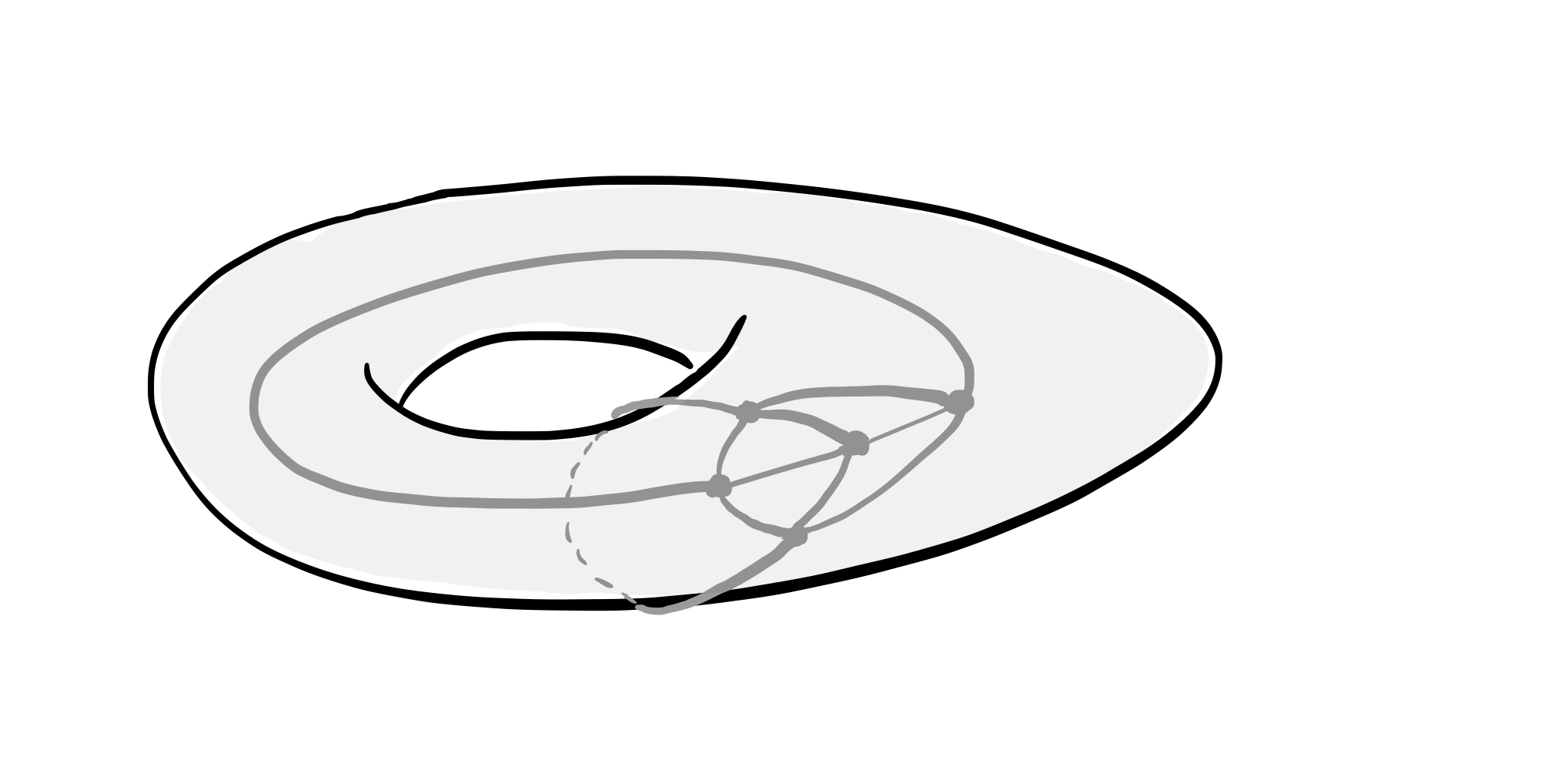
In 2007, when I returned from a sabbatical at McGill University (Montréal, Canada), with my colleagues from LIRMM, we created the research team AlGCo. I was col-leader of that team till 2011. Then I get involved in the direction team of my research department from 2010 to 2013 (as the head in the period 2012-2013). From July 2015 to September 2021 and again since June 2024, I am serving as deputy director of LIRMM.
